I interviewed Francesca who is the founder of Filanda 18: a new brand where textile tradition is the main protagonist and it is infused with inspiration from modern art, architecture and personal stories.
Q.: What is a “filanda” ? and why did you call your brand Filanda 18? Filanda comes from filo or “thread” in Italian. Filande were spinning mills active between the 18th and 20th century in northern Italy. Some of them have been restored and repurposed as cultural centers. Filande were born in the past and over time their purpose evolved, remaining a reference point in today’s social fabric. Similarly, at Filanda n.18 we look into textile crafts and reinterpret them with modern design. Our ultimate goal is to keep those textile traditions alive and ensure that their rich cultural heritage is included in today’s fashion discourse. N. 18 is a reference to my family house number in Veneto, Italy. Part of the house used to be a Filanda!
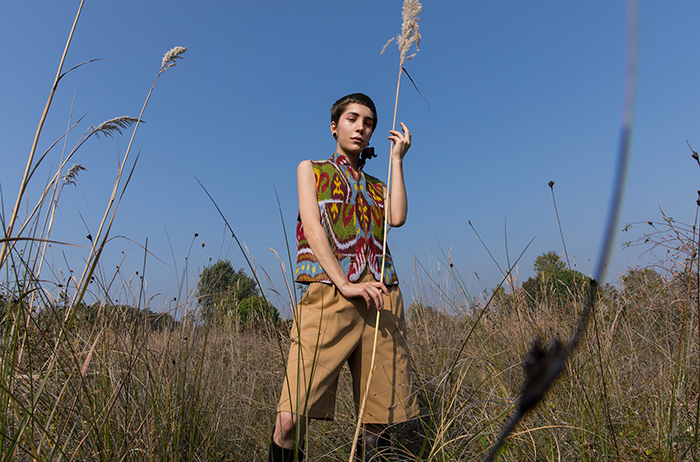
Q.: How and when did you start the brand? I officially started the brand in 2020, in London. However, I have been thinking of creating something with textile crafts for a long time. The so called lightbulb moment was actually back in 2011. I had just completed my bachelor degree and I went to Bangladesh to do an internship in a social business research center. There, the amazing textile crafts, such as jamdani, made in small struggling workshops, were in stark contrast with the mass production garment factories in the center of Dhaka. In Europe the state of craft is not very different, with several textile crafts being preserved by NGOs. I started to wonder whether there was a way to bring back the craft from different geographies in the fashion discourse.
Q.: What kind of fashion does Filanda 18 propose? and where do you take inspiration from? Filanda n.18 is rooted into Italian tailoring, that is molded around the different craft traditions we work with. The silhouettes are loose but with a structure behind. Each collection starts from a specific textile craft, which is then infused with inspirations from modern art, architecture or personal narratives. Our latest collection is centered around the art of uzbek ikat weaving. The silhouettes and the overall collection imagery is inspired by early 20th century female travelers, in particular Annemarie Schwarzenbach.
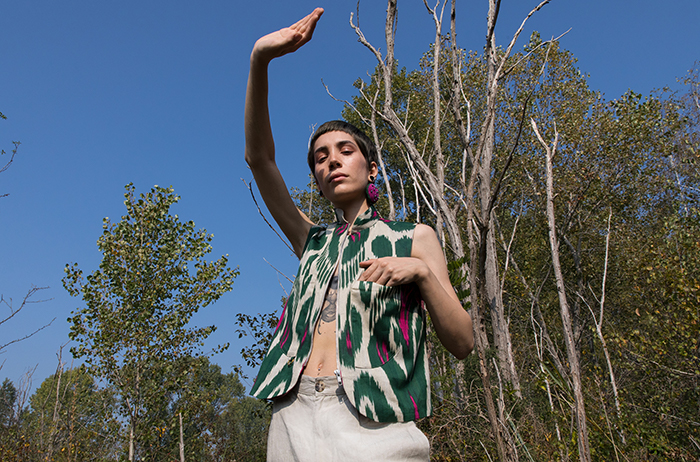
Q.: f you could collaborate with a famous brand, who would you like to choose and why? I would say JW Anderson because of his appreciation of craft from different parts of the world.
Q.: Which garment is the most representative of your brand? Our ottoman duster is representative of our loose and relaxed silhouettes, while our ikat vests are representative of our strong craft component.
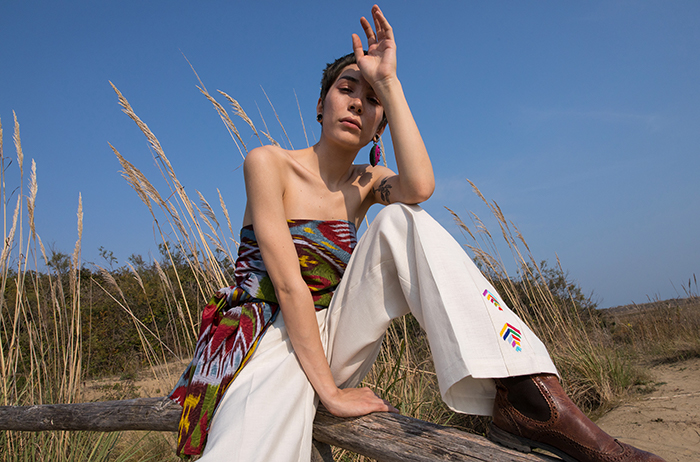
Q.:Your point of view about sustainable fashion. Sustainable fashion is currently a big pot where there is a bit of everything, from garment workers’ rights to CO2 emissions’ reduction. Sustainability is a multilayered and highly complex topic, and I highly value those conversations that are specific and backed-up with data. Having said that, sustainability is also just doing what is right to preserve resources for ourselves and the next generations. At Filanda n.18 we upcycle all the basic textiles from factories’ deadstock in northern Italy, we work with master artisans and social businesses to source our craft components, we package our garments with our fabric leftover limiting the amount of plastic, etc. Nowadays that’s called “sustainability”, I would call it “the norm”.
Q.: Where are designed and produced your collections? Our collections are designed and produced in the Veneto region, in Italy. For each collection we work with 2-3 family-run workshops in an area of approximately 10 square kilometer. When it comes to our craft components, we partner with master artisans from different parts of the world: from Venice in Italy, to Margilan in Uzbekistan. We visit the artisans personally to understand the crafts and the role it plays in the social fabric. We co-create with them, as it is the case of embroidery, or source the textiles from them.
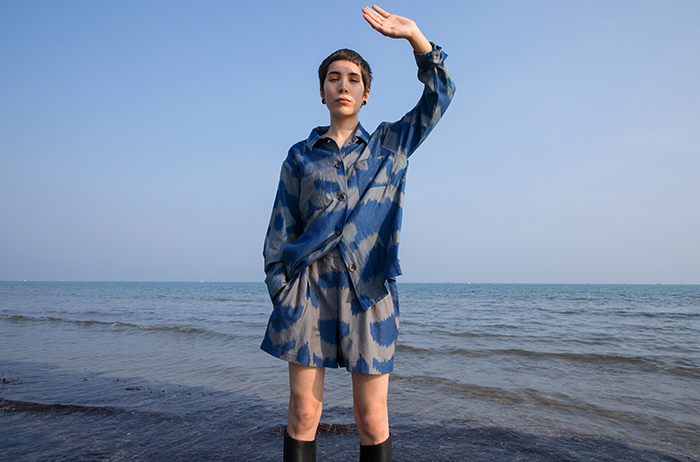
Q.: Who is your clientele? and what are they looking for? Our wearers are generally well traveled and with a strong appreciation for art and culture. They look for quality items with a story behind.
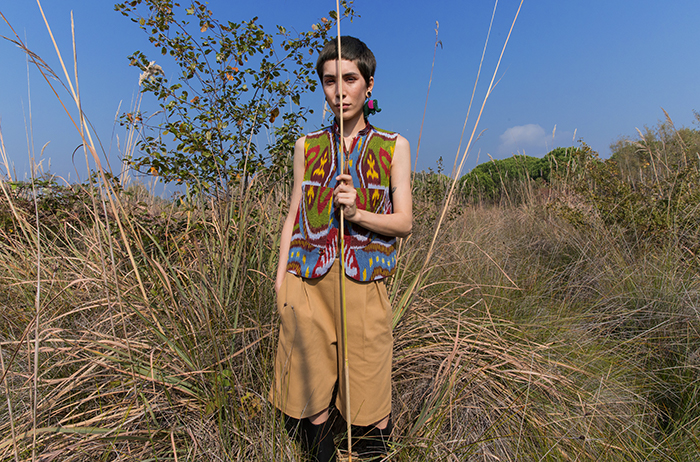
For more info visit www.filanda18.com


0 Comments